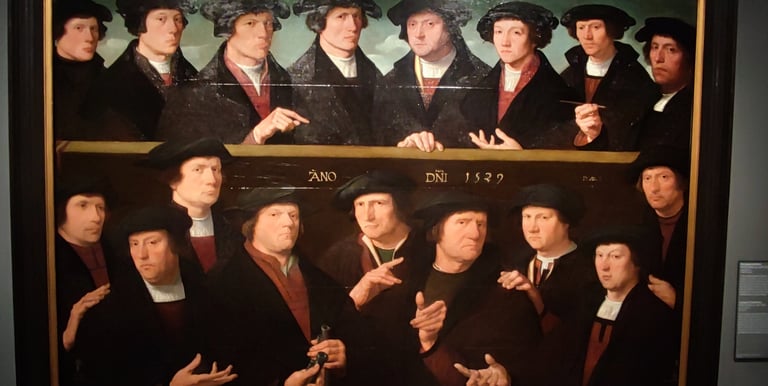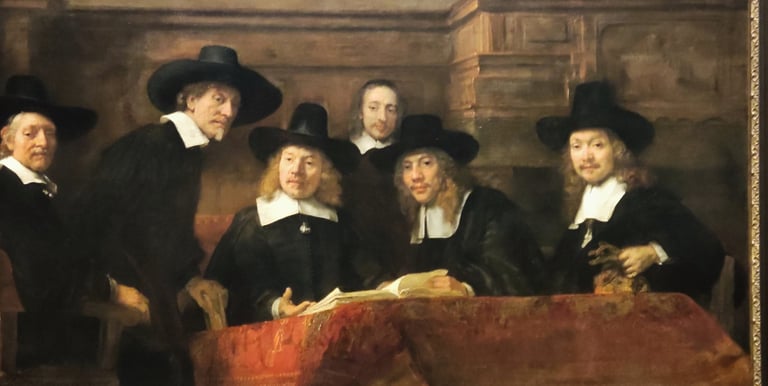Dutch
400 years of connection
9/29/20252 min read


While in Zagreb people were still marking the 50th anniversary of Matija Gubec’s death — the peasant revolt leader — their fellow Europeans, the Dutch, had already established a trading post on the other side of the known world. And from that moment on, they maintained their interest for more than 400 years.
Portuguese who, as the first Western European seafarers, jumped into the abyss of Terra Incognita, terras de dragões "discovered" Ilha Formosa, often cited as 1544. Probably on route between Macau and Japan, they were so struck by the island’s lush mountains and coastline that they supposedly exclaimed: “Ilha Formosa!” (“Beautiful Island”).
It is a curious fact that the Dutch established a trading post in Nagasaki, Kyushu, Japan, in 1641, and before that in Hirado, Kyushu, as early as the astonishing year of 1609. Fort Zeelandia at Formosa (Taiwan) was built in 1624, and the Dutch were present there until 1662.
Interestingly, fast forward four centuries, and they are present again through the partnership between TSMC and ASML. ASML is a company that shows sheer brilliance in being a legitimate heir to their ancestors, who once used the island as a point for importing Chinese goods — such as silk and ceramics — to be exported further back to Europe. Or selling deer hides in a thriving, large market in Japan that used deer hide for samurai armour and clothing. Or serving as the last station for European/Dutch goods toward Japan market, such as spectacles, telescopes, microscopes, moreover, pocket watches, music boxes and finally medical texts and science. Through the so-called rangaku (蘭学, “Dutch studies”), the Japanese acquired books on anatomy, medicine, geography, and astronomy. The Dutch were practically the only channel of scientific knowledge from the West. The Japanese even began performing dissections according to Dutch medical manuals. Works of European philosophy also crossed this channel — Descartes, for example, was read in Japan already in the 18th century.
All of that was done through creativity, capitalistic optimism, and the tenacity to dare, to go far, far away, and visually it feels like those Dutch group portraits, from the early orderly guild pictures of 1529 to Rembrandt’s dynamic Night Watch a century later.
Note: In this context, “Dutch” refers to the Dutch East India Company (VOC) as well as courageous voyagers.






